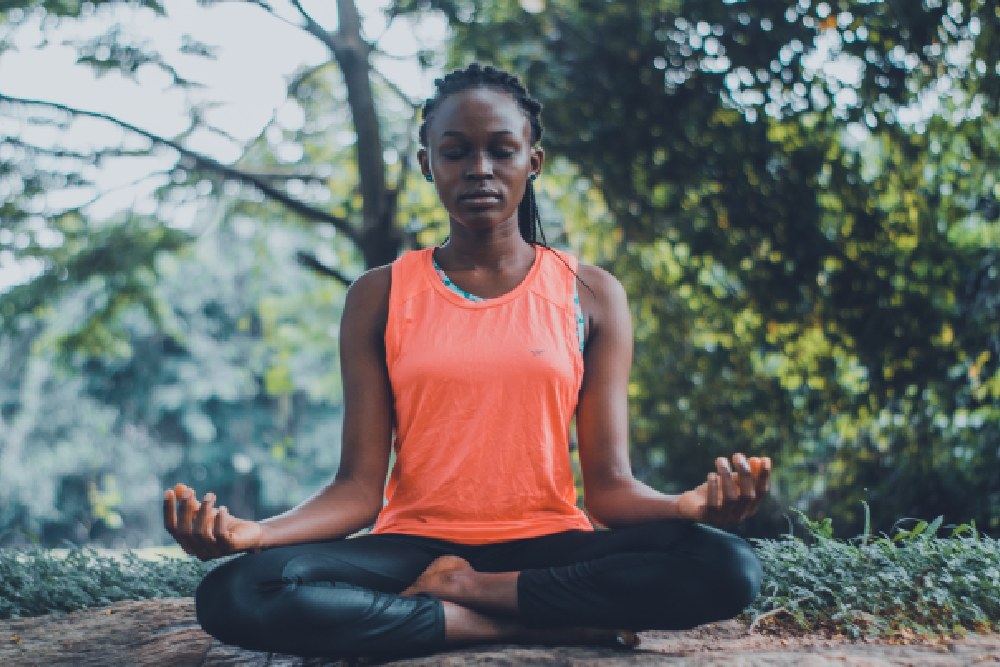Mindfulness has garnered a lot of attention in recent years, becoming an increasingly important concept in both physical and mental healthcare. But, what exactly is mindfulness, and how can it be incorporated into our daily lives? This beginner’s guide will introduce you to the art of mindful living and provide practical tips to help cultivate a more mindful lifestyle.
Table of Contents
What is Mindfulness?
Mindfulness is the practice of maintaining awareness of our thoughts, feelings, sensations, and surroundings in the present moment. It’s about being fully present, paying attention to what is happening right now without judging or interpreting it. Mindfulness helps us cultivate self-awareness, emotional regulation, and mental resilience, making it beneficial for both our mental and physical well-being.
Integrating Mindfulness into Your Workday
Mindfulness can also be infused into your work routine. Try adding brief mindfulness breaks throughout your day by setting a timer to remind yourself to pause and breathe. Additionally, try using short moments between meetings, tasks, and emails to reset and refocus your attention. This can increase your overall productivity and quality of work while reducing stress levels.
Creating a Mindful Environment at Home
Creating a mindful environment at home can promote relaxation and contribute to overall well-being. One way to start is by ensuring that your living space is well-maintained, comfortable, and caters to your needs. For example, a reliable Houston Plumbing Company can help prevent plumbing-related stressors and improve the overall quality of your living space, thus allowing you to focus on your mindfulness practices with ease.
Mindfulness and Relationships
Practicing mindfulness can have a profound impact on our relationships. By being more present and attentive, we can create deeper connections with others and improve our communication skills. Approach conversations with an open mind and heart, noticing your thoughts and emotions without judgment. This can lead to greater empathy, understanding, and conflict resolution within personal and professional relationships.
The Benefits
Research has demonstrated various benefits of practicing mindfulness. A few of these include reduced stress and anxiety, increased focus, improved emotional regulation, enhanced self-awareness and self-acceptance, and better physical health, such as lowered blood pressure and improved sleep.
Beyond the research-backed benefits, mindfulness can help us gain a deeper connection with ourselves and others by fostering empathy, compassion, and gratitude.
Beginning Your Mindfulness Journey
Taking the first step towards living mindfully can feel overwhelming. However, remember that it’s called a practice for a reason. Your journey will be filled with imperfect moments and opportunities for growth. Focusing on your breath is an easy and effective way to start practicing mindfulness. Try this simple exercise:
- Sit comfortably with your back straight and hands resting on your thighs
- Close your eyes and take a deep breath in through your nose
- Exhale slowly through your mouth
- Focus on the sensation of your breath filling your lungs and leaving your body
- Continue for a few minutes, redirecting your focus to your breath each time your mind wanders
Apps and Resources for Mindfulness Practice
With the rise of technology, there are now countless apps and resources available to support and enhance your mindfulness practice. Some popular apps include Headspace, Calm, and Insight Timer. Using these resources, you can access guided meditations, mindfulness exercises, and educational content to deepen your understanding and practice of mindfulness.
Create a Meditation Routine
Meditation is a valuable tool for cultivating mindfulness, as it helps train our minds to remain present and focused. Start by setting aside 5-10 minutes each day for meditation and slowly increase the duration as you become more comfortable.
Embrace Non-Judgment
To fully experience the benefits of mindfulness, it’s crucial to practice compassion and non-judgment for yourself and others. Be kind to yourself when your mind wanders, or you feel like your practice isn’t going well. Remember, mindfulness is a journey.
Expand Your Mindfulness Practice
Once you’re comfortable with breath awareness, you can expand your practice to other areas of your life:
- Mindful eating: Savor each bite, focusing on flavors, textures, and feelings of fullness
- Mindful walking: Be present with each step, noticing how your body moves and feels
- Mindful listening: Engage fully with the person speaking without planning a response or judgment
Conclusion
Cultivating a mindful lifestyle takes time, patience, and practice. By starting small, building a consistent practice, and treating yourself with kindness, you can gradually reap the rewards of a more mindful, connected, and fulfilling life. Embrace the art of mindful living today and watch your life transform in beautiful, unexpected ways.

